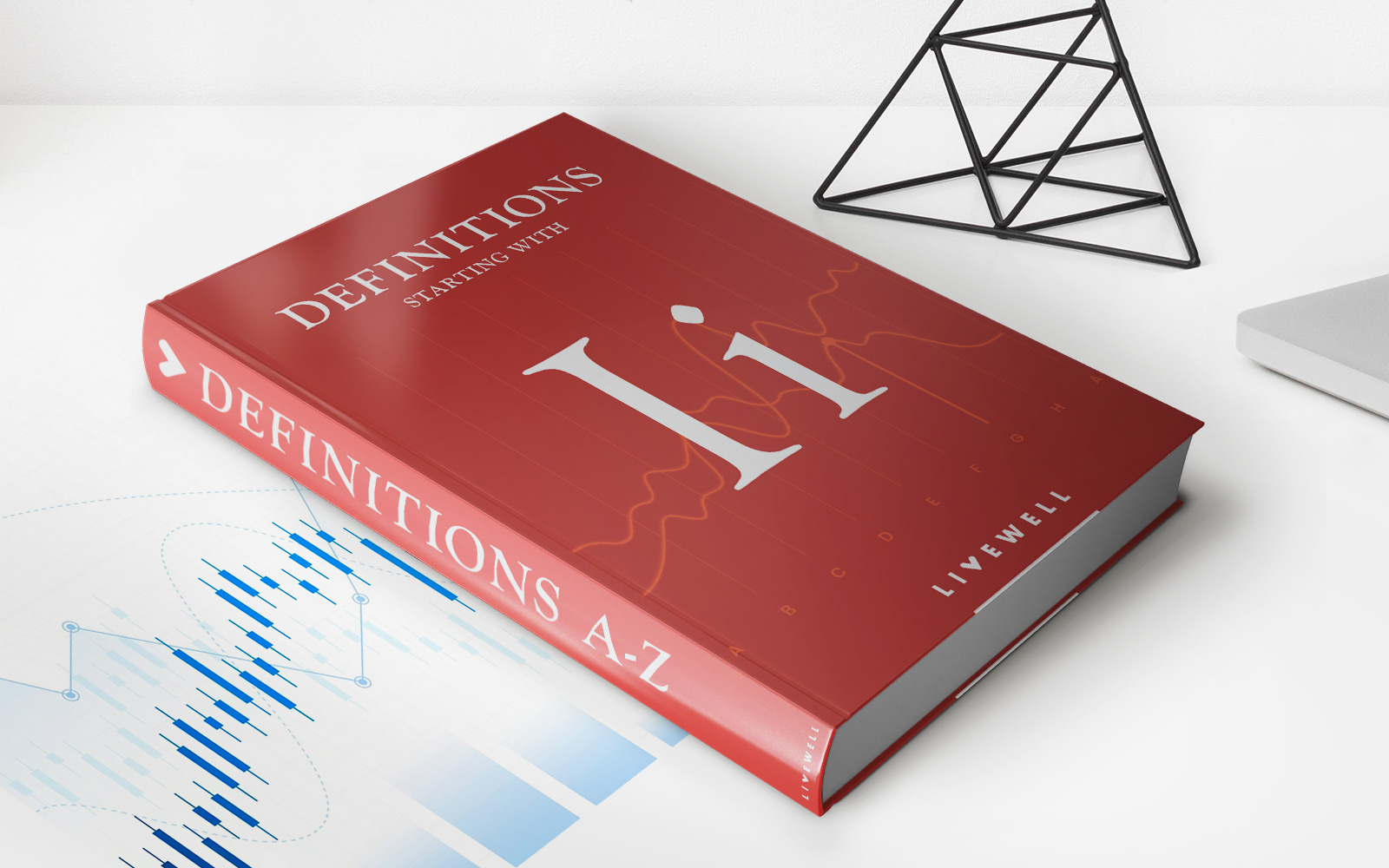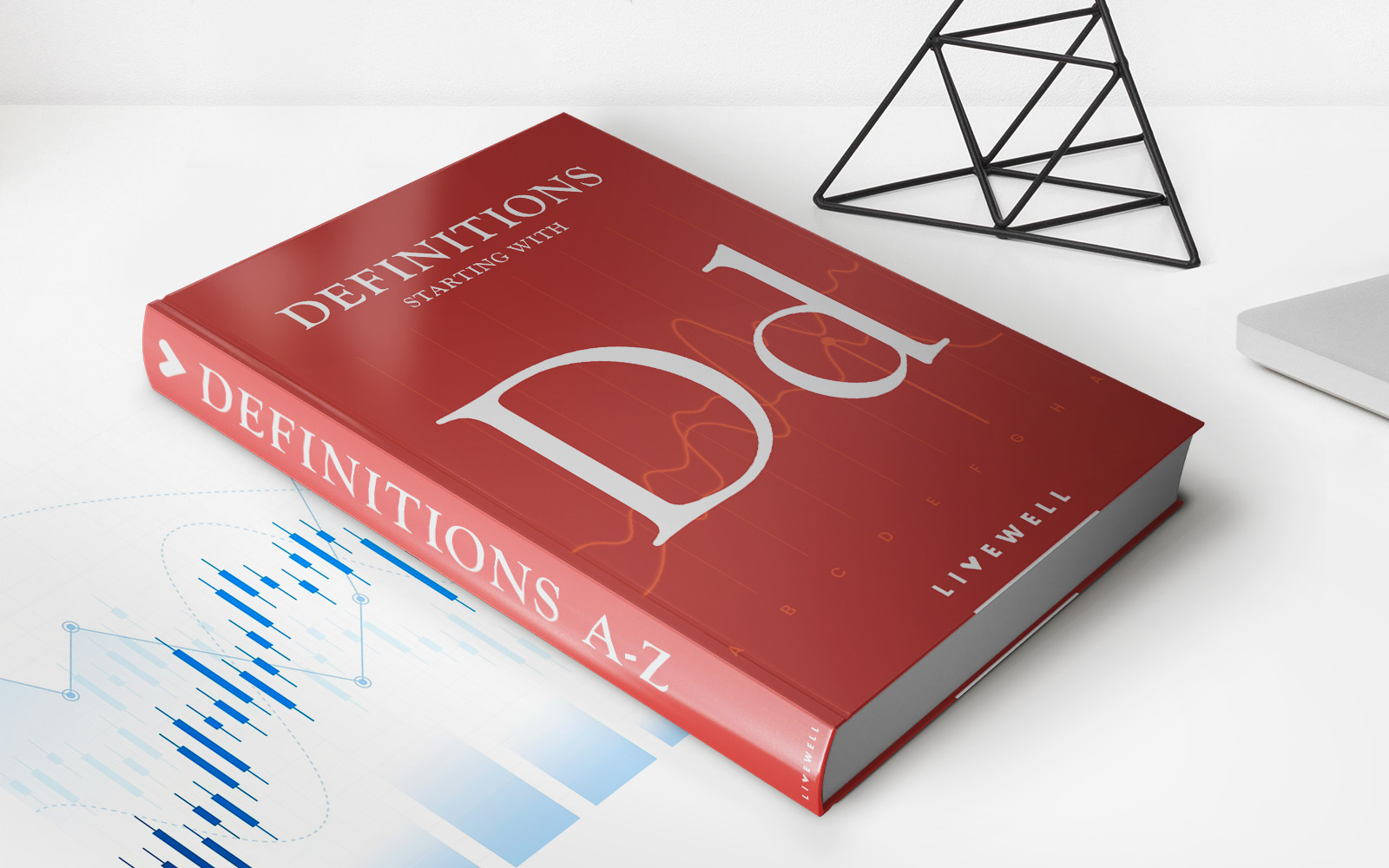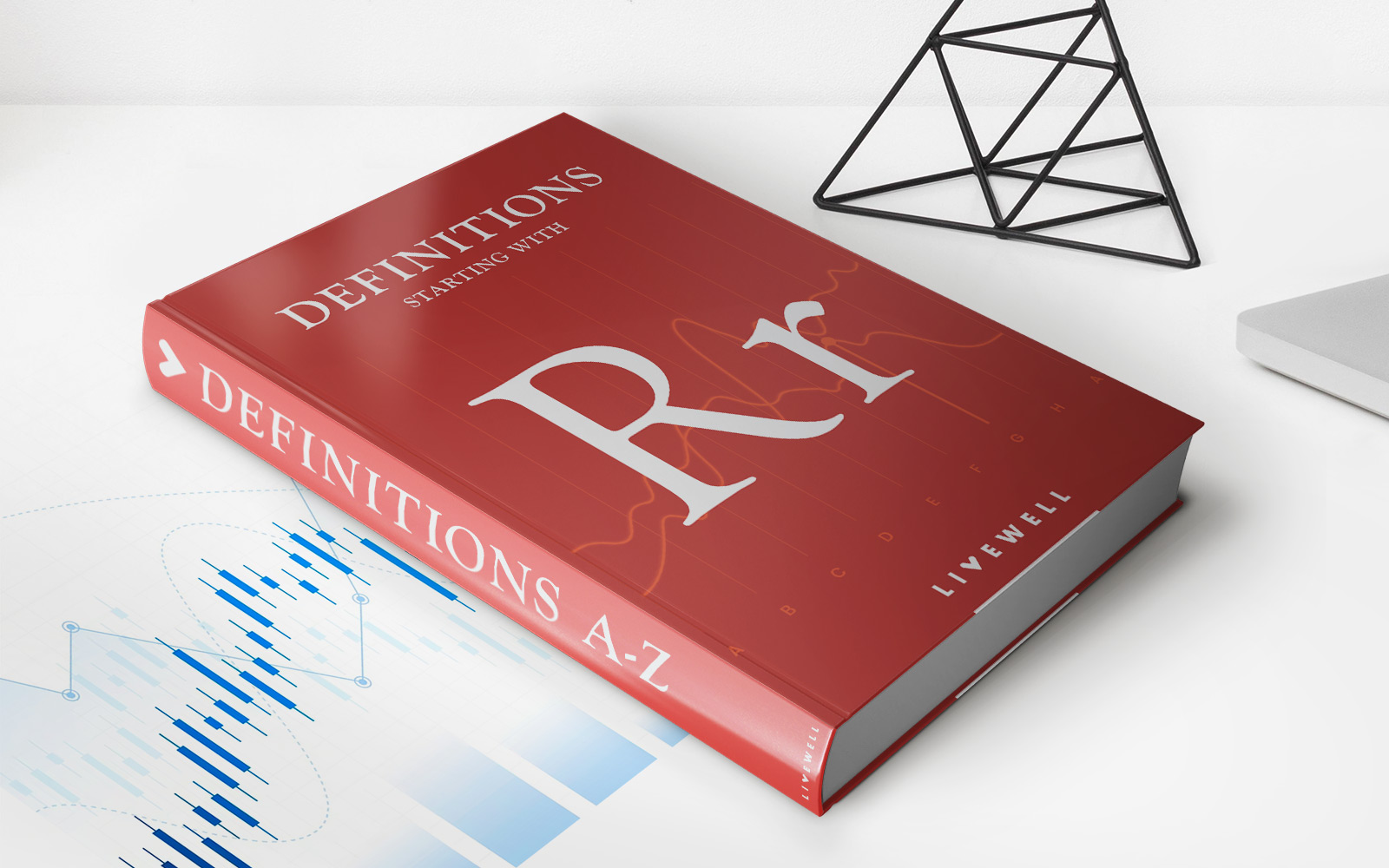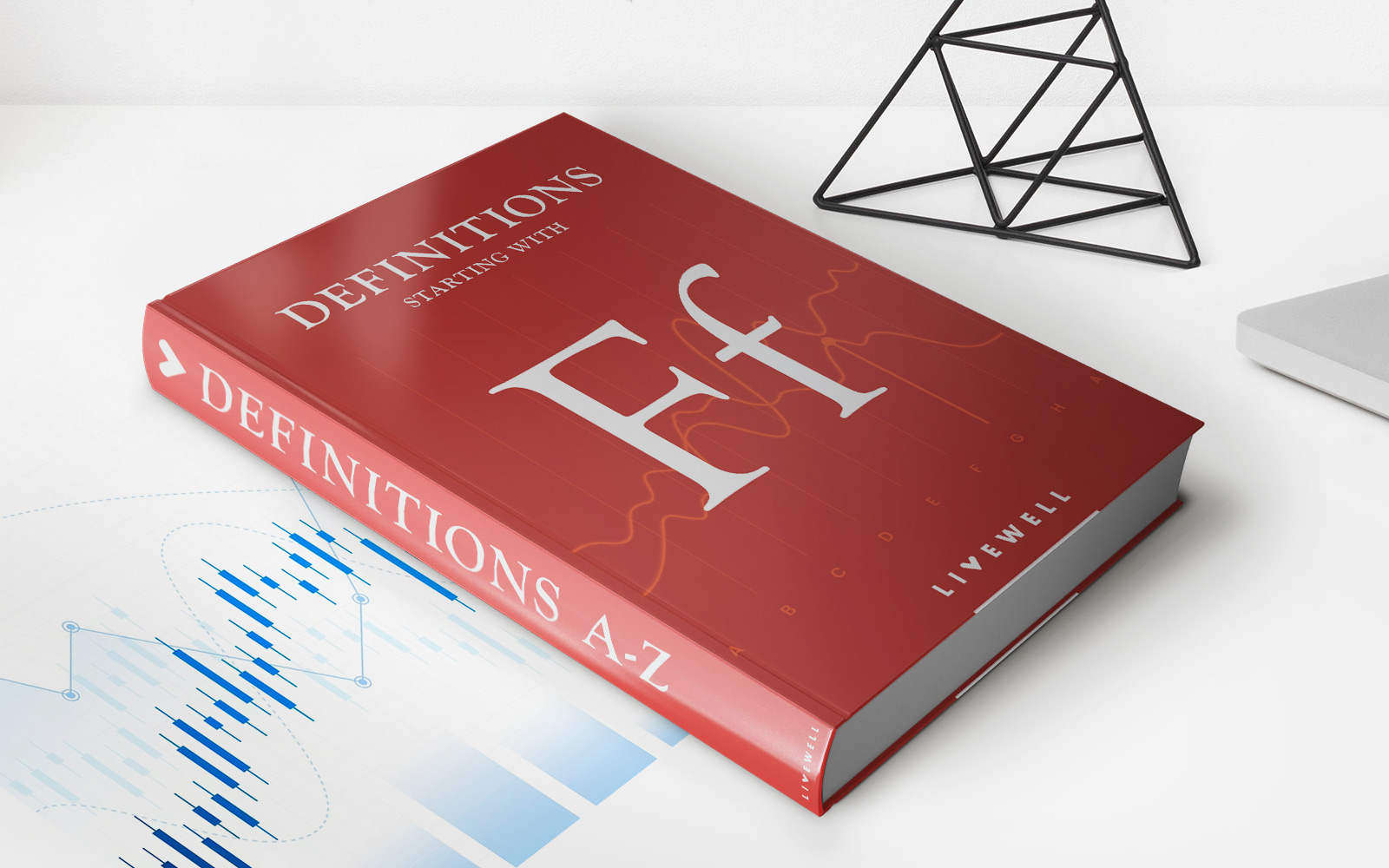Home>Finance>Golden Parachute: Definition, Examples, Controversy


Finance
Golden Parachute: Definition, Examples, Controversy
Published: December 1, 2023
Learn about the definition, examples, and controversy surrounding golden parachutes in the finance industry. Gain valuable insights into this controversial practice.
(Many of the links in this article redirect to a specific reviewed product. Your purchase of these products through affiliate links helps to generate commission for LiveWell, at no extra cost. Learn more)
What is a Golden Parachute?
If you’ve ever wondered about the term “golden parachute” that often pops up in news articles about executive compensation, you’re not alone. This finance phenomenon has garnered widespread attention due to its controversial nature, but what exactly does it mean? In this blog post, we’ll delve into the definition, explore some examples, and discuss the controversies surrounding golden parachutes.
Key Takeaways:
- A golden parachute is an agreement between a company and its executives that provides significant financial compensation in the event of a change in control, such as a merger or acquisition.
- Golden parachutes are designed to protect executives in case their positions are terminated as a result of the change in control, ensuring they receive a substantial financial package.
Defining the Golden Parachute
A golden parachute is an executive compensation arrangement typically outlined in an employment contract or severance agreement. It serves as a safety net for top-level executives when a company goes through a major ownership change. This could be due to a merger, acquisition, or other similar transaction.
Under a golden parachute, an executive is entitled to receive a hefty payout if their employment is terminated due to the change in control. The amount of the payout is often several times the executive’s salary and may also include bonuses, stock options, and other benefits.
Examples of Golden Parachutes
Golden parachutes have become controversial because of the vast sums of money involved. Let’s take a look at a couple of real-world examples:
- Air Canada: In 2020, Air Canada approved a golden parachute worth CAD 12 million for its CEO, Calin Rovinescu. This agreement was sparked by the airline’s significant financial losses during the COVID-19 pandemic. Despite the controversy surrounding the payout, it was seen as a necessary measure to secure a smooth leadership transition during a challenging time.
- Yahoo: In 2016, when Yahoo was acquired by Verizon, then-CEO Marissa Mayer received a golden parachute worth approximately $23 million. The generous package sparked public outcry, considering Yahoo’s declining performance under Mayer’s leadership.
The Controversy Surrounding Golden Parachutes
The use of golden parachutes has long been a subject of scrutiny and controversy. Critics argue that these arrangements reward executives regardless of performance and incentivize excessive risk-taking, as executives may prioritize their own financial gain over the company’s best interests.
On the other hand, proponents of golden parachutes defend their use as a means to attract and retain top executive talent, providing a necessary safety net that allows executives to focus on long-term strategies without the fear of abrupt job loss.
In Conclusion
Golden parachutes remain a topic of debate in the business world. For some, they symbolize excess and unfair compensation, while for others, they serve as a necessary tool to ensure stability and attract top talent. Regardless of one’s stance on the matter, understanding the definition, examples, and controversies around golden parachutes is crucial when examining executive compensation in the realm of finance.














